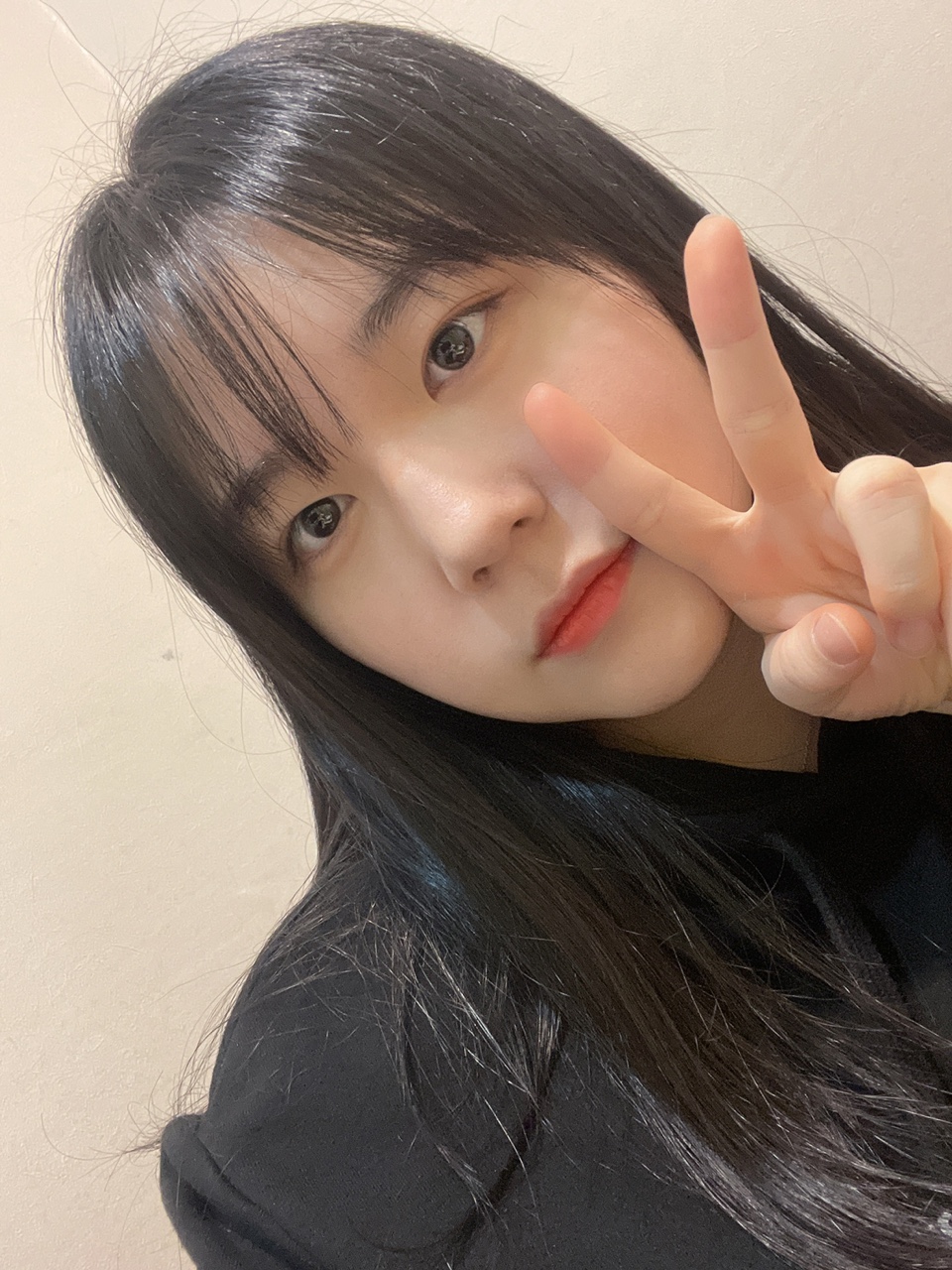[우테코] Level2 페이먼츠 2단계
미션1 💳페이먼츠 2단계
🔥2단계 구현 사항
1. 커스텀 훅
각 Input 필드를 커스텀 훅으로 다 분리하였다.
각 Input 필드가 다 다른 기능을 하고 있어서 재사용을 고려하기가 어려웠다.
재사용이 되지 않더라도 같은 관심사를 가진 기능끼리 UI로부터 분리하면 된다는 강의를 듣고 커스텀 훅 작성하였다.
2. 조건부 렌더링
각 input에 관한 state는 isNextVisible와 isValid 속성을 둘 다 가지고 있다.
isNextVisible는 한번 true가 되면 false가 되지 않지만 isValid는 이후에 유효성 검사를 통과하지 못 하면 다시 false가 될 수 있다.
isNextVisible는 다음 섹션은 렌더링할 때, isValid는 확인 버튼을 렌더링할 때 사용한다.
const isNextVisible = userNameState.isNextVisible || isValid;
3. 자동 포커싱
새로운 섹션이 렌더링될 때 바로 포커싱될 수 있게 autoFocus를 사용하였다.
카드 번호와 유효 기간은 연속으로 다음 Input에 포커싱이 될 수 있게 유효성 검사를 통과하면 e.target.nextSibling에 focus가 되게 하였다.
autoFocus
<Input value={value} autoFocus></Input>
e.target.nextSibling
const nextInput = e.target.nextSibling;
if (nextInput && nextInput instanceof HTMLInputElement) {
nextInput.focus();
}
4. 숫자만, 영어만 입력할 수 있게
1단계 때는 숫자를 입력해야 하는 Input에서도 모든 입력을 받았다.
2단계 때 숫자를 입력하는 곳에서는 숫자만, 영어만 입력하는 곳에서는 영어만 입력할 수 있게 하였다.
const isPasswordValid = /^[0-9]*$/.test(value);
if (!isPasswordValid) return;
setPasswordState((prevState) => ({
...prevState,
value: value,
errorMessage,
isNextVisible,
isValid,
}));
5. 사용자 이름은 엔터치면 완료
사용자 이름을 한 글자만 쳐도 바로 cvc가 떠서 UX가 좋지 않았다.
사용자 이름은 정해진 길이가 없기 때문에 엔터를 쳤을 때 유효성 검사를 통과하면 cvc 섹션이 뜨게 하였다.
<Input
value={userNameState.value}
onChange={(e) => handleUserNameChange(e.target.value)}
onKeyDown={handleKeyDown}
></Input>
const handleKeyDown = (e) => {
if (e.key === "Enter") {
e.preventDefault();
const isValid = !!userNameState.value && !userNameState.errorMessage[0];
const isNextVisible = userNameState.isNextVisible || isValid;
setUserNameState((prevState) => ({
...prevState,
isValid,
isNextVisible,
}));
}
};
6. 어떻게 children으로 넘겨줘야할까?
children을 inputComponents로 변경한 후 아래와 같이 props로 children에 들어가는 코드를 넘겨주었다.
<NewCardInputSection
mainText={FORM_FIELDS.PASSWORD.MAIN_TEXT}
subText={FORM_FIELDS.PASSWORD.SUB_TEXT}
label={FORM_FIELDS.PASSWORD.LABEL}
errorMessage={PasswordState.errorMessage}
inputComponents={
<Input
type="password"
value={PasswordState.value}
maxLength={FORM_FIELDS.PASSWORD.MAX_LENGTH}
placeholder={FORM_FIELDS.PASSWORD.PLACEHOLDER}
isError={!!PasswordState.errorMessage[0]}
onChange={(e) => handlePasswordChange(e.target.value)}
autoFocus
></Input>
}
></NewCardInputSection>
7. 카드 프리뷰 3D로 띄우기
1. three.js 설치
npm install three @react-three/fiber @react-three/drei @react-spring/three
three: 3D 그래픽을 다루는 라이브러리
@react-three/fiber: Three.js의 React 래퍼
@react-three/drei: Texture 로드, 카메라 제어 등 유틸 기능 제공
@react-spring/three: 애니메이션을 위한 Spring 기반 라이브러리
2. 전체 코드
import { useRef } from "react";
import { Group } from "three";
import { Canvas } from "@react-three/fiber";
import { useSpring, a } from "@react-spring/three";
import { Html } from "@react-three/drei";
import * as Styled from "./CardPreview.styled";
import CardNumbers from "../cardNumbers/CardNumbers";
import CardExpiration from "../cardExpiration/CardExpiration";
import { CardCompany } from "../../../types/type";
import { getCardBrandImage } from "../../../utils/getCardBrand";
export interface CardPreviewProps {
isCardFlipped: boolean;
cvc: string;
userName: string;
cardExpiration: string[];
cardCompany: CardCompany;
cardNumbers: string[];
}
const CardPreview = ({
isCardFlipped,
cvc,
userName,
cardExpiration,
cardCompany,
cardNumbers,
}: CardPreviewProps) => {
const cardBrandImage = getCardBrandImage(cardNumbers);
const cardRef = useRef<Group | null>(null);
const { rotationY } = useSpring({
rotationY: isCardFlipped ? Math.PI : 0,
config: { mass: 1, tension: 30, friction: 10 },
});
return (
<Canvas
style=
camera=
>
{/* 조명 설정 */}
<ambientLight intensity={0.6} />
<directionalLight intensity={0.5} position={[0, 7, 5]} />
{/* 3D 카드 */}
<a.group ref={cardRef} rotation-y={rotationY}>
{/* 카드 앞면 */}
<mesh position={[0, 0.5, 0.01]}>
<planeGeometry args={[3.5, 2]} />
<meshStandardMaterial />
<Html transform>
<Styled.FrontCard cardCompany={cardCompany}>
<Styled.ChipSection>
<Styled.ICChip />
{cardBrandImage && (
<Styled.CardBrand>
<img src={cardBrandImage} alt="카드 브랜드 이미지" />
</Styled.CardBrand>
)}
</Styled.ChipSection>
<Styled.CardInfoSection>
<CardNumbers cardNumbers={cardNumbers} />
<CardExpiration
month={cardExpiration[0]}
year={cardExpiration[1]}
/>
<div>{userName && userName}</div>
</Styled.CardInfoSection>
</Styled.FrontCard>
</Html>
</mesh>
{/* 카드 뒷면 */}
<mesh position={[0, 0.5, -0.01]} rotation-y={Math.PI}>
<planeGeometry args={[3.5, 2]} />
<meshStandardMaterial />
<Html transform>
<Styled.BackCard>
<Styled.CVC>{cvc}</Styled.CVC>
</Styled.BackCard>
</Html>
</mesh>
</a.group>
</Canvas>
);
};
export default CardPreview;
3. Canvas, Mesh 생성
Three.js의 Canvas를 생성하고, 그 안에 3D Mesh(카드)를 배치한다.
camera의 position은 [x, y, z]이며, z만 5로 지정하여 앞에서 카드를 정면으로 볼 수 있게 하였다.
<Canvas
style={{ width: "375px", height: "300px" }}
camera={{ position: [0, 0, 5] }}
>
{/* 카드 */}
</Canvas>
4. 카드 회전 애니메이션
useSpring은 React-Spring 라이브러리에서 제공하는 애니메이션을 위한 훅(Hook) 이다.
React의 상태(state) 변경이 즉각적인 값 변경이라면, useSpring을 사용하면 부드럽게 변화하는 애니메이션 효과를 적용할 수 있다.
isCardFlipped 값에 따라 카드가 회전하는 애니메이션 적용했다.
Math.PI 값으로 180도 회전한다.
Math.PI: 파이 (180도)
const { rotationY } = useSpring({
rotationY: isCardFlipped ? Math.PI : 0,
config: { mass: 1, tension: 30, friction: 10 },
});
5. 3D 카드에 HTML 요소 추가
<Html transform>을 사용하면 3D 공간 안에서도 일반 HTML 요소를 렌더링할 수 있다.
카드를 HTML + CSS로 구성하면서도, Three.js 환경에 배치할 수 있다.
6. 조명 추가
<ambientLight intensity={0.6} />
<directionalLight
intensity={0.5}
position={[0, 7, 5]}
/>
ambientLight → 전체적인 조명 (자연스러운 밝기 유지)
directionalLight → 특정 방향에서 오는 조명 (입체감 강조)
🔥2단계 피드백
1. 빈 문자열 처리
빈 문자열 처리 시 value만 쓰는 것은 옳지 않습니다. non-null인지를 보는 것과 빈 문자열 여부만 보는 것은, 데이터가 복잡해질수록 그 차이가 더 커지며 발생한 에러를 트래킹하는 것이 쉽지 않기 때문이다.
잘못된 코드
if (value) {
return "문자가 입력되어있습니다.";
}
올바른 코드
if (value !== "") {
return "문자가 입력되어있습니다.";
}

댓글남기기